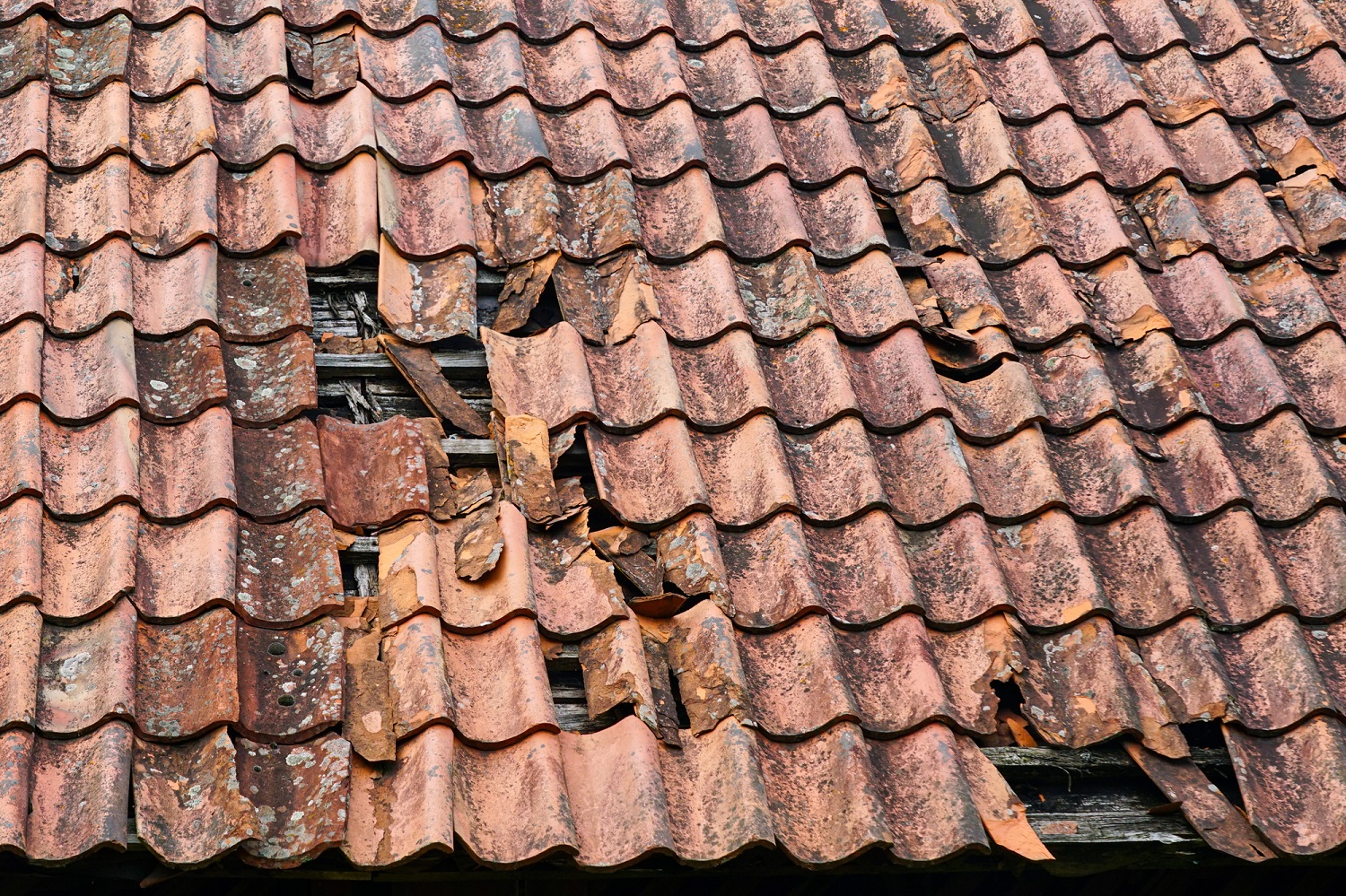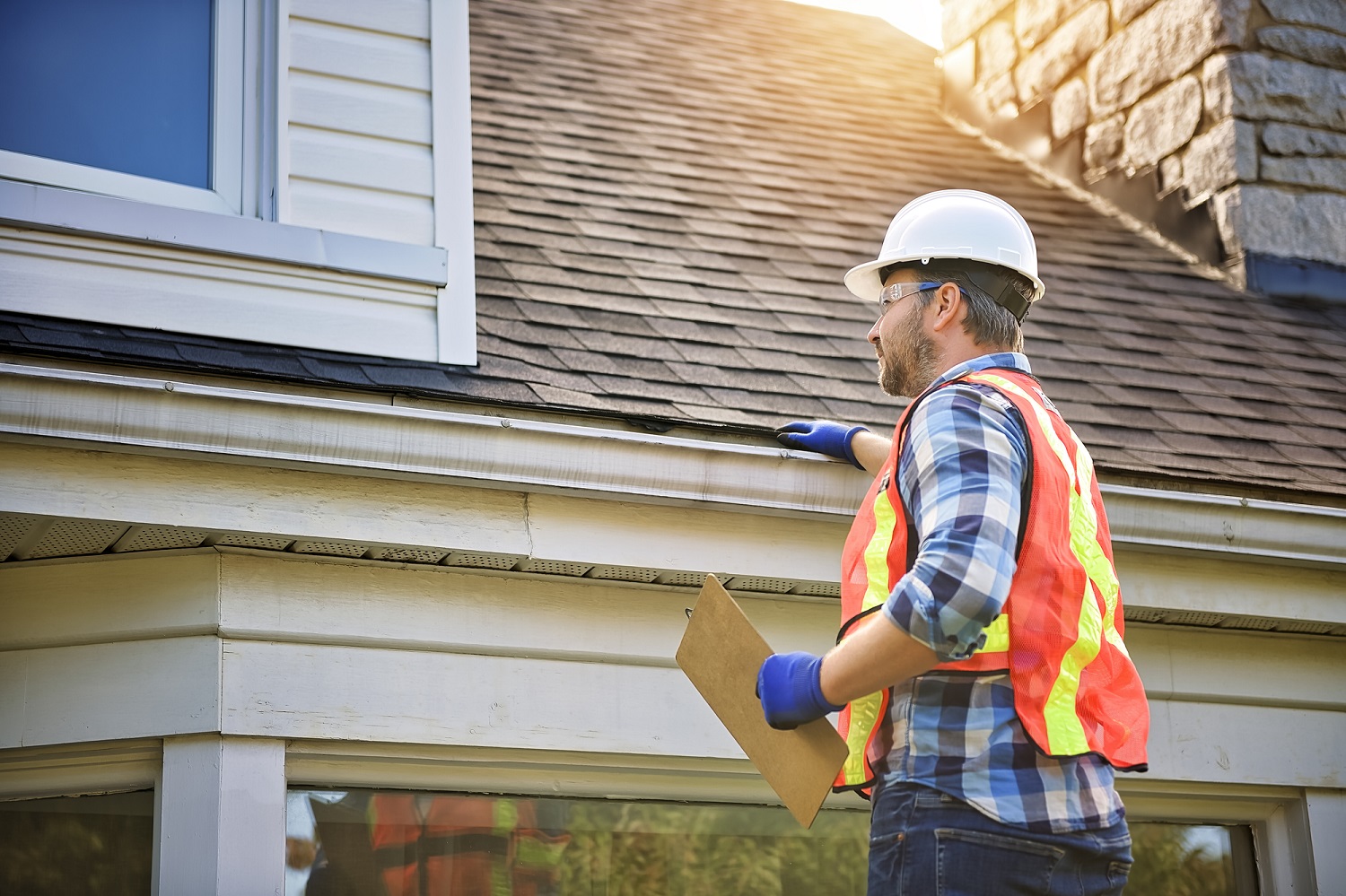
Phoenix’s desert climate puts a unique strain on your home’s roof. The scorching heat, intense sun, and seasonal storms in Arizona can accelerate roof wear and tear.
A well-maintained roof is crucial for protecting your home’s structure from these harsh elements.
By understanding the warning signs of roof deterioration, Phoenix homeowners can address issues early and avoid costly damage down the line.
1. Roof Age Exceeds Its Lifespan
In Arizona’s intense climate, roofing materials often age faster than in milder regions.
Most asphalt shingle roofs last about 15–20 years in Phoenix, while tile roofs can endure around 20–50 years with proper care.
If your roof is approaching or has passed its expected lifespan, it’s a strong indicator that you should plan for a replacement.
Even a roof that looks fine can be weakened by decades of UV exposure and temperature swings, so age alone is a key sign it may be time for a new roof.
2. Visible Damage to Shingles or Tiles
Take a close look (even from the ground with binoculars) at your roofing materials. Cracked, curled, or missing shingles are clear signs of deterioration. On tile roofs, look for broken or slipped tiles.
Arizona’s high temperatures and strong UV rays bake roofing materials, causing asphalt shingles to become brittle and clay or concrete tiles to crack over time.
If you’re noticing damaged or dislodged shingles/tiles, the roof can no longer effectively keep water out.
Such visible damage compromises your roof’s integrity and often means a replacement is on the horizon to prevent leaks.
3. Excessive Granule Loss (Asphalt Roofs)
Homeowners with asphalt shingle roofs should check for granules collecting in gutters or on the ground. Shingle granules protect the roof from UV rays and fire, but they wear off as the roof ages.
If you find a lot of gritty shingle debris in your gutters or “bald spots” on the shingles, it’s a sign the shingles are deteriorating and losing their protective coating.
Granule loss often accompanies an older roof and indicates that your shingles can no longer shield your home properly – a sure sign that a roof replacement is due before bald shingles lead to leaks.
4. Sagging or Drooping Roof Sections
A visibly sagging or dipping roof is a serious red flag. Any areas of the roof deck that appear warped or droopy signal potential structural damage in the supports or rot in the sheathing.
Phoenix’s monsoon rains can aggravate this by soaking a compromised roof and adding weight, increasing the risk of collapse in extreme cases.
If you notice that your roofline isn’t straight or you see sagging spots (perhaps visible in the attic or from the street), it’s time to call a professional immediately.
A sagging roof often means the roof has reached an unsafe condition and likely needs replacement to restore structural integrity.
5. Water Leaks and Stains Indoors
Have you seen water stains on your ceiling or walls, especially after rainstorms?
Water intrusion is a clear sign your roof is failing. Even small roof leaks can lead to big problems like mold growth and drywall damage if left unaddressed.
During Phoenix’s sudden downpours, a compromised roof may allow water to seep through worn shingles or faulty flashing.
If you notice yellow-brown ceiling stains, peeling paint near the ceiling, or find dampness in the attic, those are warning signs that your roof can no longer keep the weather out.
Don’t ignore even minor leaks – recurring leaks or widespread water damage strongly indicate it’s time for a new roof.
6. Rising Energy Bills (Poor Roof Efficiency)
An aging roof doesn’t just leak water – it can also “leak” your cooled air.
Phoenix homeowners often run the air conditioner heavily, but a failing roof with poor insulation or ventilation will make your home harder to keep cool.
If you’ve noticed your energy bills creeping up without a change in your AC usage, your roof might be part of the problem.
Worn-out roofing materials and underlayment let more heat transfer into the attic, forcing your HVAC to work overtime. Likewise, cracked tiles or missing shingles can disrupt attic ventilation.
A newer roof built for energy efficiency will reflect more heat and maintain better airflow, helping keep indoor temperatures stable.
So, unusually high summer electric bills could be a sign your roof’s performance is lagging and replacement is wise.
7. Need for Constant Repairs or Post-Storm Fixes
Do you find yourself calling a roofer every monsoon season?
While occasional repairs are normal, needing frequent fixes is a sign the roof is on its last legs. If every time Phoenix gets a heavy storm you lose shingles or spring a new leak, the cumulative damage may be beyond patching.
Repeated repairs can quickly add up to the cost of a new roof, without solving the underlying age or wear issue.
Similarly, if a recent hailstorm or haboob (dust storm) caused extensive roof damage, it may be more cost-effective to replace the roof rather than repair large sections.
In short, when you’re regularly dealing with roofing issues – especially after weather events – it’s probably time to invest in a full roof replacement rather than keep plugging holes.
How Phoenix’s Extreme Weather Wears Down Roofs
Arizona’s weather isn’t gentle on roofs.
Extreme heat and sun are a constant: years of 100°F+ days and intense UV radiation bake roofing materials, causing oils in asphalt shingles to dry out and wood structures to expand and contract daily.
Over time, this leads to cracked shingles, bleached tiles, and weakened underlayment.
In fact, Arizona’s harsh climate is not kind to roofs, often shortening their lifespan versus cooler climates.
Meanwhile, the monsoon season brings another set of challenges. Sudden heavy downpours can expose any vulnerability in your roof’s waterproofing.
Monsoon thunderstorms also unleash high winds that can easily exceed 60 mph – enough to lift shingles or even rip them off. Flying debris and occasional hail can crack tiles or dent metal flashings during these storms.
And let’s not forget Phoenix’s infamous dust storms (haboobs). These walls of dust and sand blast your home with abrasive particles and gale-force gusts. The onslaught can loosen roofing materials and clog up gutters and roof vents with dirt.
All of these weather extremes – the intense sun, rain, wind, hail, and dust – combine to wear down even the best-built roof over time. This is why roofs in Phoenix require vigilant maintenance and tend to need replacement on the shorter end of their typical lifespan.
Common Mistakes Homeowners Make
Even vigilant homeowners can miss key warning signs. Here are some common mistakes to avoid when evaluating your roof’s condition:
Skipping regular inspections
It’s easy to adopt an “out of sight, out of mind” attitude with your roof. Many homeowners neglect to inspect their roof at least twice a year, but doing so can catch small issues before they escalate. In Phoenix, it’s wise to check your roof in the spring (before monsoon season) and again in fall, or hire a professional for an annual inspection.

Ignoring minor leaks or damage
One of the biggest mistakes is delaying repairs on a small leak or a few missing shingles. What seems minor can hide serious underlying damage and will worsen with each storm. Addressing issues promptly can mean the difference between a simple repair and a full roof replacement.
Assuming a tile roof is “fine” because the tiles last long
Many Phoenix homes have durable tile roofs, but homeowners forget that the underlayment (the waterproof layer beneath the tiles) doesn’t last as long as the tiles. Traditional tile roofs require underlayment replacement roughly every 10–20 years. Don’t be lulled into a false sense of security by an intact-looking tile surface – the layers you can’t see might be worn out.
Not checking the attic or interior
Evaluating your roof isn’t only about the exterior. Homeowners often fail to peek into the attic for signs of trouble. Daylight shining through the roof boards, damp rafters, or a musty odor in the attic are all red flags of roof problems. Similarly, interior ceiling stains or peeling paint indicate water infiltration that might not be obvious from outside. Always inspect both above and below your roof line when assessing its condition.
Next Steps
Maintaining a roof in Phoenix’s climate may be challenging, but it’s vital for protecting your biggest investment – your home.
If you’ve noticed any of these signs that indicate you need to replace your roof, don’t wait for small issues to turn into major headaches.
Being proactive can save you money and stress; remember that even minor leaks can lead to significant structural damage when ignored.
Schedule a professional roof inspection to get an expert opinion on your roof’s health. In many cases, catching problems early can allow for repairs – but if your roof is past its prime or showing multiple warning signs, a replacement will provide long-term peace of mind.
And when the time comes for a roof replacement in Phoenix, be sure to reach out to a trusted local roofing contractor.
Upgrading your roof not only fixes current issues but also fortifies your home against Phoenix’s extreme weather for years to come.
Protect your home by staying vigilant, and don’t hesitate to take action when it’s time for that new roof – your future self (and your utility bills) will thank you.
